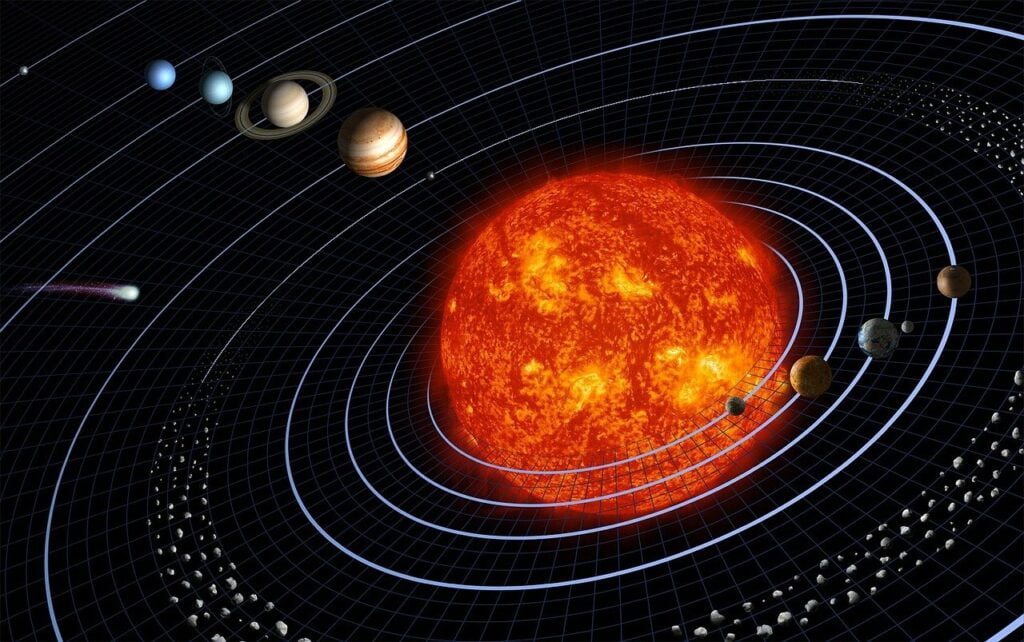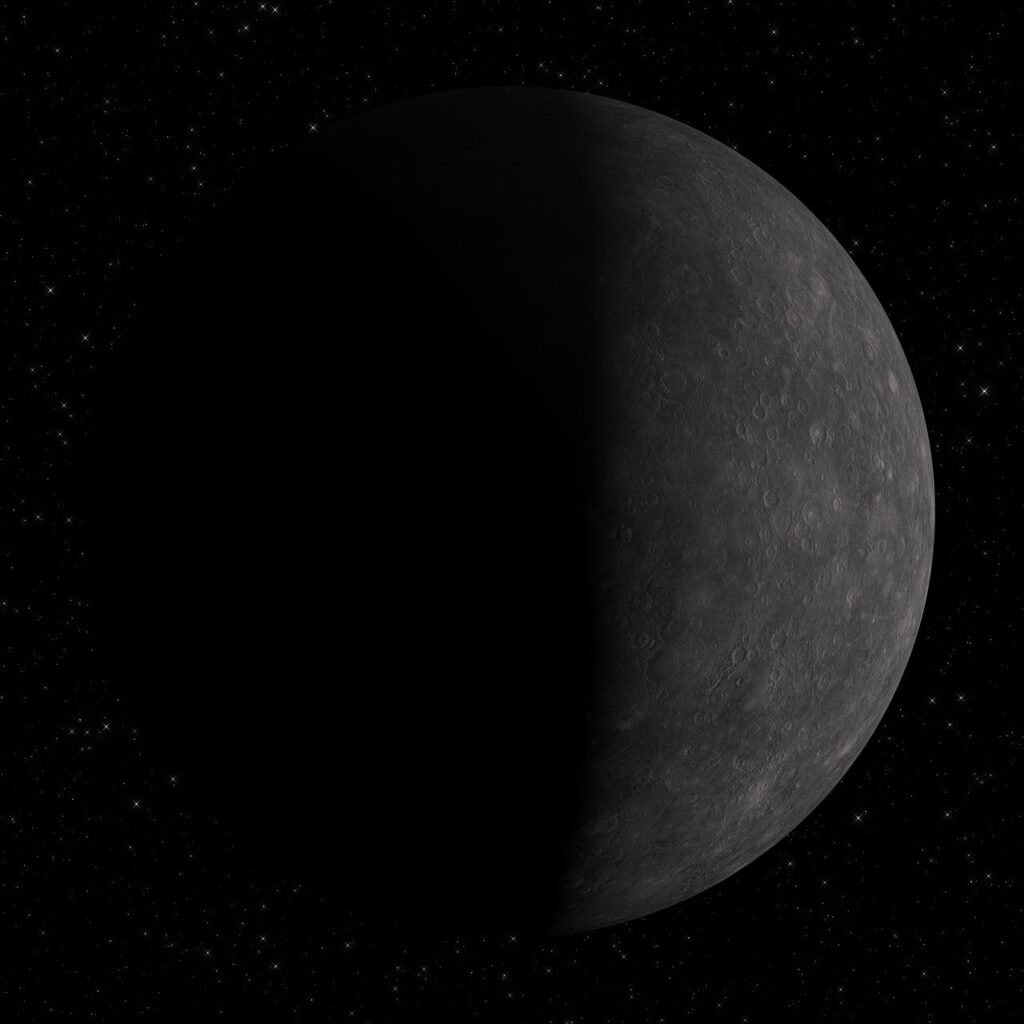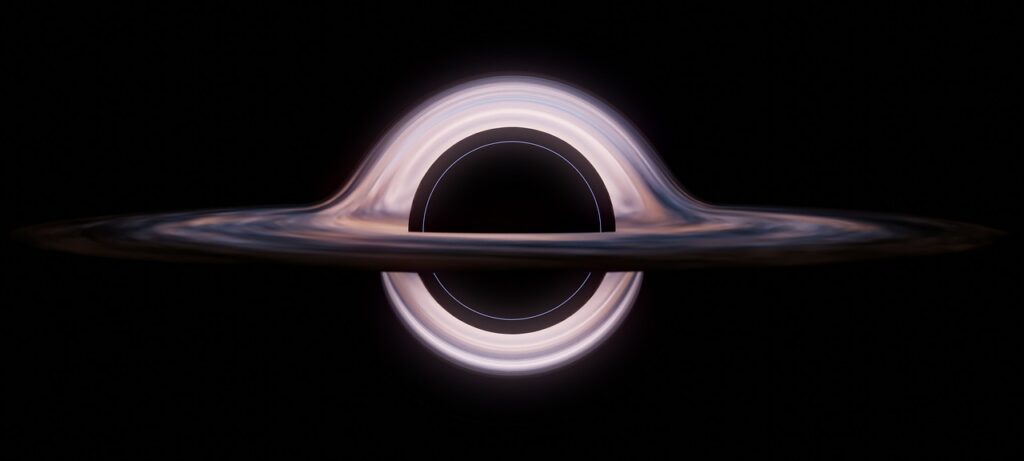
Imagine an object so dense, its gravity is so immense that not even light, the fastest thing in the universe, can escape its grasp. This isn’t science fiction; this is the reality of black holes, some of the most fascinating and enigmatic objects in the cosmos. But what exactly are black holes, and how do we know they exist if we can’t see them directly? Buckle up, space explorer, as we embark on a journey into the heart of these cosmic behemoths, unraveling their mysteries and peering into the warped fabric of spacetime they bend.
Masters of Gravity: Defining the Black Hole
At its core, a black hole is a region of spacetime where gravity reigns supreme. Its pull is so powerful that any matter or energy unfortunate enough to cross a certain boundary, called the event horizon, is forever trapped within. Think of it as a one-way door; things can fall in, but nothing, not even a whisper of light, can ever escape. This boundary marks the point of no return, where even the fundamental laws of physics as we know them are stretched to their limits.
But don’t let the name mislead you; black holes aren’t simply empty voids. They are incredibly dense, packing the mass of a star (or millions of them!) into a region smaller than a city. This extreme density warps the very fabric of spacetime around them, bending it like a bowling ball placed on a trampoline. This warping is described by Einstein’s theory of general relativity, the cornerstone of our modern understanding of gravity.
A Zoological Garden of Darkness: Diverse Black Hole Breeds
Black holes aren’t all created equal. They come in various sizes and flavors, categorized mainly by their mass:
- Stellar-mass black holes: These are the lightweights, typically packing 5 to 10 times the mass of our Sun. They are born when massive stars collapse at the end of their lives, their cores unable to withstand the crushing weight of their own gravity.
- Supermassive black holes: These are the heavyweight champions, residing at the hearts of most galaxies, with masses millions to billions of times that of our Sun. Their origins are shrouded in mystery, but they likely grew by swallowing stars and merging with other black holes over billions of years.
- Primordial black holes: These are hypothetical black holes formed in the very early universe, mere fractions of a second after the Big Bang. While their existence remains unproven, they could hold clues to the fundamental nature of gravity and the universe’s birth.
Each type of black hole has its unique properties and potential behaviors, offering astronomers a diverse cosmic zoo to study and unravel.
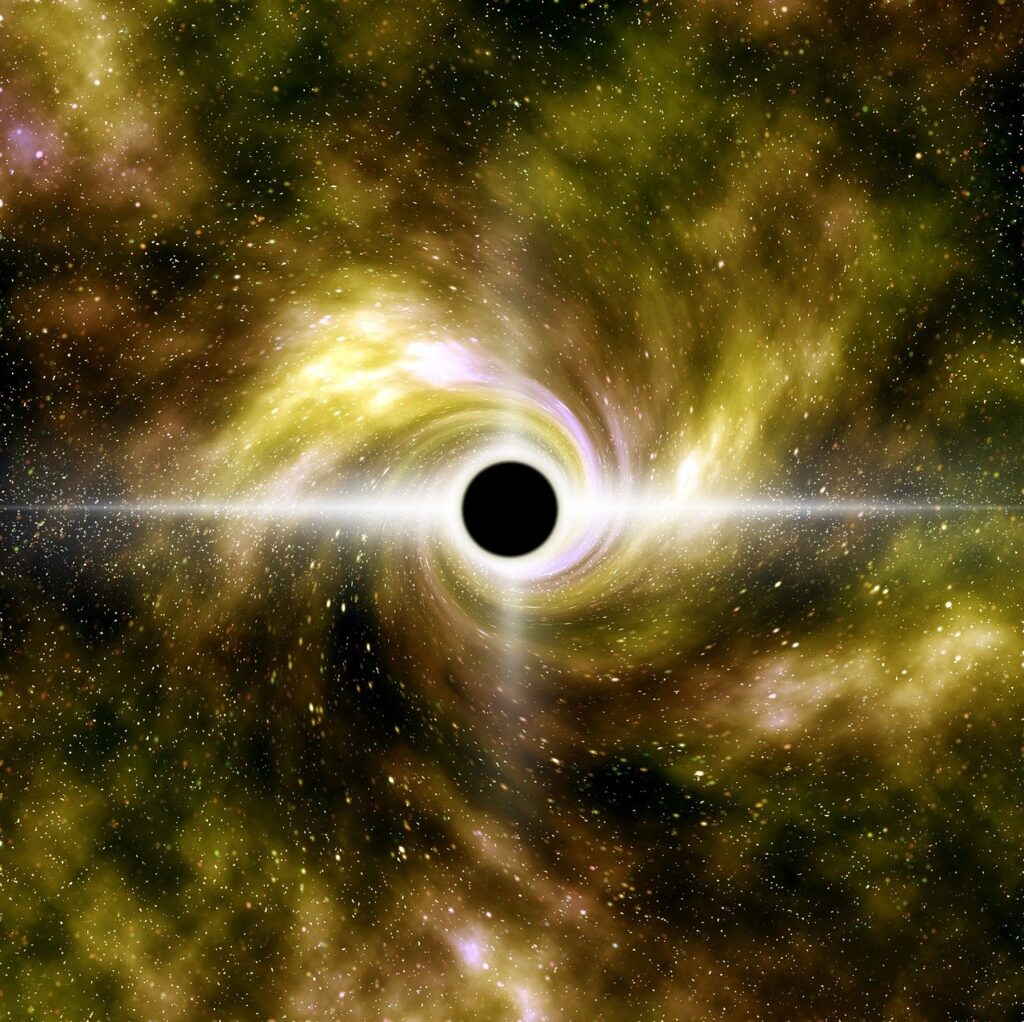
The Birth of Black Holes
The journey to becoming a black hole is no walk in the park. Here are the main formation pathways:
- Stellar Collapse: When a massive star runs out of fuel, its core can no longer generate the outward pressure to balance its inward pull. This imbalance triggers a dramatic collapse, squeezing the star’s core into a tiny, ultra-dense black hole, while the outer layers explode in a magnificent supernova.
- Direct Collapse of Gas Clouds: In the early universe, before stars had formed, giant clouds of gas could have collapsed directly into black holes under their own gravity, bypassing the need for a star. However, the exact conditions for this are still debated.
- Collapsing Neutron Stars: These are the ultra-dense cores of massive stars left behind after a supernova. In rare cases, a neutron star could encounter another star or collapse under its own gravity, potentially forming a black hole.
These are just the main scenarios; the universe may hold even more exotic pathways to black hole creation waiting to be discovered.
The Invisible Act: Black Holes Influence
Imagine an object so dense, its gravity is so immense that not even light, the fastest thing in the universe, can escape its grasp. This isn’t science fiction; this is the reality of black holes, some of the most fascinating and enigmatic objects in the cosmos. But what exactly are black holes, and how do we know they exist if we can’t see them directly? The answer lies in their indirect effects on their surroundings.
Since we can’t directly observe black holes, how do we know they exist? The answer lies in their indirect effects on their surroundings. Here are some of our key tools:
- Telescopes: By observing the swirling motions of gas and dust around them, astronomers can infer the presence of invisible objects exerting immense gravitational pull. This indirect method has led to the identification of numerous black hole candidates across the universe.
- Gravitational Wave Detectors: These incredibly sensitive instruments can detect ripples in spacetime caused by the violent mergers of black holes, offering a unique window into their properties and interactions. The first direct detection of gravitational waves in 2015 marked a groundbreaking moment in astronomy.
- Stellar Dynamics: By studying the motions of stars orbiting galactic centers, astronomers can estimate the mass of the central object. If this mass is far too large to be explained by any visible matter, it’s a strong hint of a supermassive black hole lurking at the core.
These are just a few of the ways we “see” the invisible, piecing together the puzzle of black holes through their subtle influences on the cosmos around them. As technology advances and our understanding deepens, we can expect even more fascinating discoveries about these enigmatic giants, shedding light on the nature of gravity, spacetime, and the universe itself.
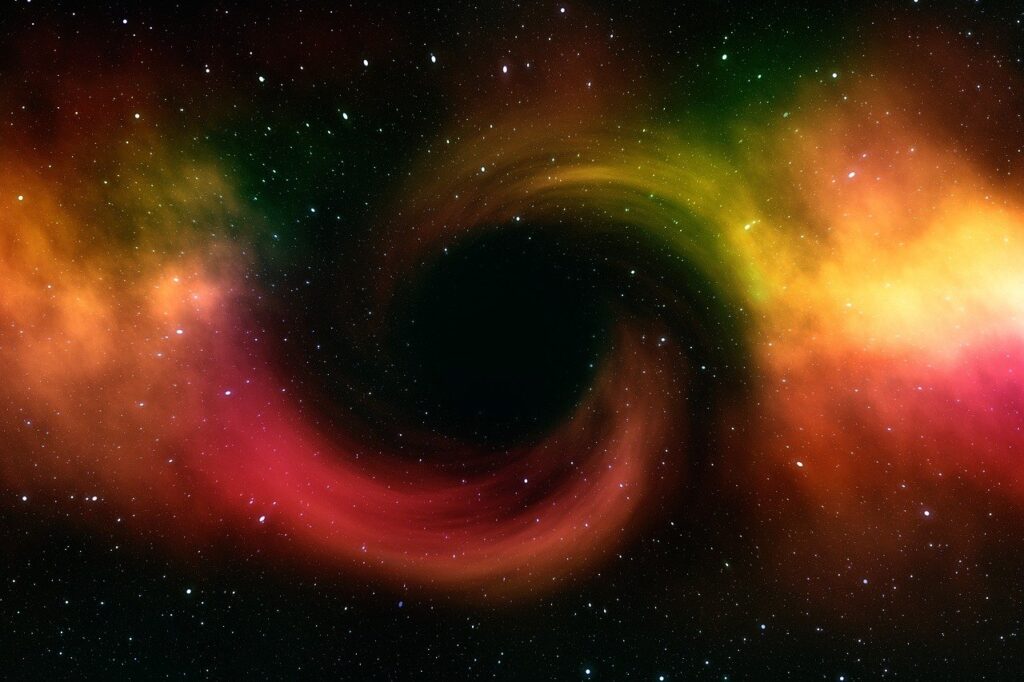
The Event Horizon: A Point of No Return
Imagine a cosmic border, a point of demarcation beyond which even light cannot escape. This is the event horizon, the defining characteristic of a black hole. General relativity dictates that the immense gravity here warps spacetime itself, creating a one-way door for matter and energy. Once crossing this threshold, objects are forever trapped within the black hole’s grasp.
But what happens exactly at the event horizon? This boundary isn’t a physical surface, but rather a region where the escape velocity surpasses the speed of light. Imagine throwing a ball upwards on Earth; at a certain point, the escape velocity becomes too high, and the ball never returns. Similarly, light attempting to escape from a black hole never reaches a speed sufficient to overcome the pull of gravity, effectively falling inwards.
Hawking Radiation: A Glimmer of Escape?
While nothing classically can escape a black hole, quantum mechanics throws a fascinating curveball. In 1974, Stephen Hawking predicted that black holes emit faint radiation, dubbed Hawking radiation. This theoretical phenomenon arises due to quantum fluctuations at the event horizon, where pairs of particles, like a particle and its antiparticle, are spontaneously created. If one falls inward, the other escapes as radiation, carrying away a tiny bit of the black hole’s energy.
This has profound implications. If black holes lose energy through Hawking radiation, they should eventually shrink and evaporate. However, this poses the information loss paradox. Black holes are thought to possess information about everything that falls into them, encoded in their Hawking radiation. But if this information simply escapes as thermal radiation, it’s lost forever, contradicting fundamental laws of physics. Reconciling this paradox remains a major challenge in theoretical physics.
The Singularity: A Realm of Unknowns
Beyond the event horizon lies the ultimate mystery: the singularity. According to our current understanding of general relativity, this is a point of infinite density and zero volume, where all the black hole’s mass is concentrated. However, at such extreme conditions, our current laws of physics break down. We simply don’t know what happens there.
Is the singularity a physical reality, or does it signal the limitations of our current understanding? Some proposed theories, like string theory and loop quantum gravity, attempt to resolve this singularity by introducing new concepts like extra dimensions or quantized spacetime. However, these theories remain untested and highly speculative.
The study of the singularity delves into the realm of quantum gravity, seeking a theory that unifies general relativity and quantum mechanics. This remains a holy grail in physics, holding the key to understanding not only black holes but the very nature of spacetime and the universe itself.
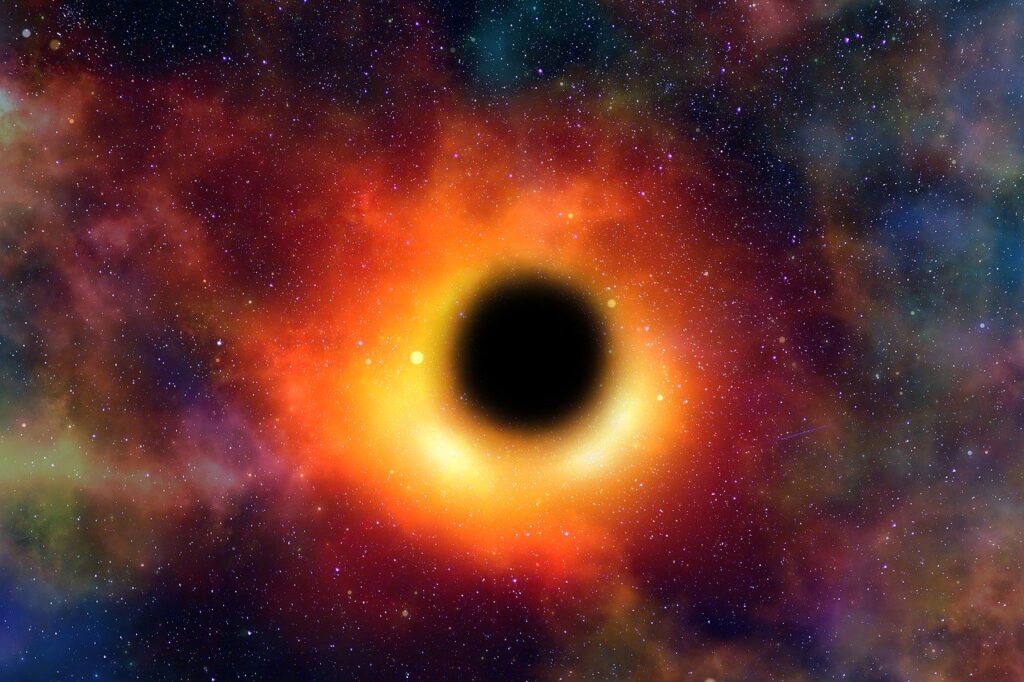
Unveiling the Future: A Journey of Discovery
Black holes may be shrouded in mystery, but their study opens doors to profound understanding of gravity, spacetime, and the fabric of the universe. With advancements in technology, like next-generation gravitational wave detectors and space telescopes, we can expect even more fascinating discoveries. From directly imaging the event horizon to unraveling the secrets of the singularity, the journey into the heart of black holes promises to be a continuous voyage of scientific exploration and wonder.
Black Hole Feasting: Accretion Disks
Black holes aren’t passive cosmic vacuum cleaners; they’re dynamic entities fueled by the insatiable hunger of their immense gravity. This chapter delves into the fascinating world of black hole accretion and jets, exploring how infalling matter fuels these behemoths and shapes the cosmos around them.
The Accretion Disk
Imagine a swirling vortex of superheated gas and dust, spiraling inwards towards a hungry black hole. This is the accretion disk, a dynamic region where matter loses energy and angular momentum, ultimately destined to fall into the abyss. As the material spirals closer, friction heats it to millions of degrees, generating intense radiation across the entire electromagnetic spectrum. This celestial ballet of infalling matter is the primary source of energy for many active black holes, powering galaxies and illuminating the universe.
Jet Propulsion
But not everything succumbs to the black hole’s pull. From the poles of some accretion disks, powerful jets of matter are ejected at speeds approaching the speed of light! These jets are fueled by complex magnetic fields and can stretch for thousands of light-years, far exceeding the size of the galaxy itself. Their origin and mechanism remain partially understood, but they are thought to play a crucial role in shaping galaxies, regulating star formation, and even influencing the evolution of the universe.
Echoes of the Big Bang
The story of black holes doesn’t end with the observable universe. Theorists propose that primordial black holes, formed in the very early moments after the Big Bang, could exist and roam the cosmos. These ancient relics could hold clues to the fundamental nature of gravity and the conditions of the universe’s birth. While their direct detection remains elusive, ongoing research strives to unveil these potential echoes of the universe’s infancy.
A Legacy of Discovery
The study of black hole accretion, jets, and their role in the cosmos is a vibrant field brimming with unanswered questions and exciting possibilities. As technology advances, with next-generation telescopes and gravitational wave detectors coming online, we can expect even deeper insights into these enigmatic objects. From deciphering the secrets of jet formation to unraveling the mysteries of the early universe through primordial black holes, the journey into the world of black holes promises to be an endless source of scientific exploration and wonder.
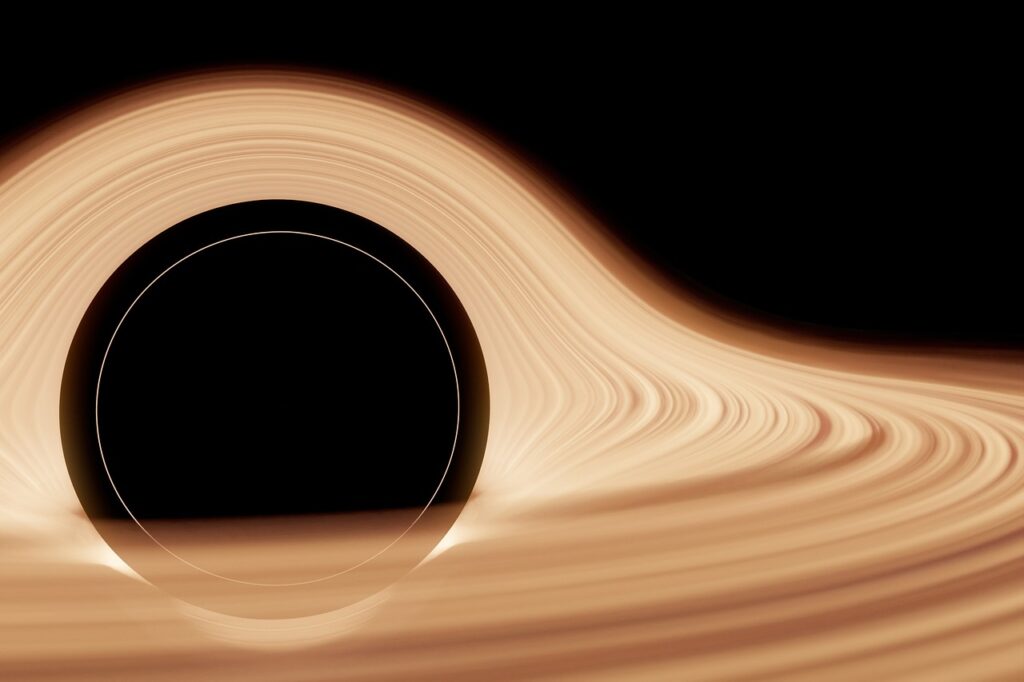
Black Holes: A Universe of Unanswered Questions
While our journey into the world of black holes has illuminated their dramatic influence and unveiled fascinating phenomena, much remains shrouded in mystery. As we stand at the threshold of these cosmic titans, here are some of the lingering questions that beckon further exploration:
The Dark Companions: Demystifying Dark Matter
Observations suggest that galaxies contain far more invisible mass than what we can see with telescopes. This mysterious substance, dubbed dark matter, interacts only through gravity, leaving researchers grappling for its true nature. Could some of this dark matter be primordial black holes, remnants of the early universe? Understanding the relationship between visible and dark matter, potentially involving black holes, is crucial for comprehending the true structure and evolution of the cosmos.
Wormholes: Shortcuts Through Spacetime?
Einstein’s theory of general relativity allows for the existence of wormholes, hypothetical tunnels connecting distant regions of spacetime. Could supermassive black holes harbor these shortcuts, offering cosmic express lanes across vast distances? While currently considered highly speculative, the possibility of wormholes and their connection to black holes continues to captivate scientists and science fiction enthusiasts alike.
Quantum Gravity
At the heart of a black hole lies the singularity, where our current understanding of physics breaks down. To truly understand these enigmatic objects, we need a theory that unifies general relativity, governing gravity at large scales, with quantum mechanics, describing the microscopic world. Quantum gravity seeks to bridge this gap, potentially revealing the true nature of the singularity and unlocking profound insights into the fundamental laws of the universe.
Conclusion: A Journey of Endless Discovery
Black holes may be shrouded in mystery, but their study has ignited a revolution in our understanding of gravity, spacetime, and the cosmos itself. From the fiery dance of accretion disks to the enigmatic whispers of gravitational waves, these cosmic behemoths offer a window into the most extreme physical regimes in the universe. As technology advances and our theoretical frameworks evolve, the journey into the heart of black holes promises to be an endless source of scientific discovery and wonder.
This journey is far from over. Each new observation, each theoretical breakthrough, opens new doors of exploration. Black holes stand as a testament to the vastness of the unknown, beckoning us to push the boundaries of our knowledge and embark on a continuous voyage of scientific exploration. So, join the quest, dear reader, and together let us unravel the secrets of these cosmic giants, one step at a time.
You may also like
Mercury: The Closest Planet to the Sun
Venus: The Earth’s Twin or a Very Different Planet?
Mars: Comprehensive Exploration, unveiling the Mysteries
Jupiter: A Cosmic Giant – Symphony of Storms
Saturn: A Gaseous Giant with Enthralling Rings and Diverse Moons
Useful links
National Aeronautics and Space Administration (NASA):
Black Holes Website: https://science.nasa.gov/universe/black-holes/
Goddard Space Flight Center Black Hole Page: https://science.nasa.gov/universe/black-holes/
Chandra X-ray Observatory Black Hole Page: https://science.nasa.gov/mission/chandra/
European Space Agency (ESA):
Black Holes Website: https://www.esa.int/Science_Exploration/Space_Science/Black_holes
Integral Mission Page: https://www.esa.int/Science_Exploration/Space_Science/Black_holes
Euclid Mission Page: https://www.esa.int/Science_Exploration/Space_Science/Euclid

